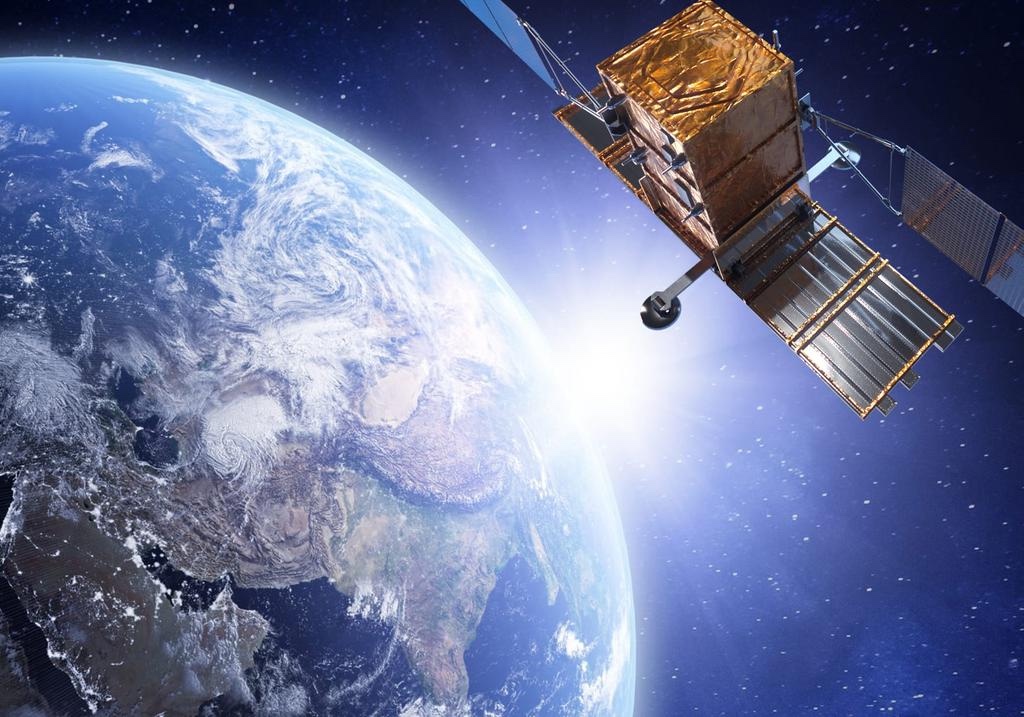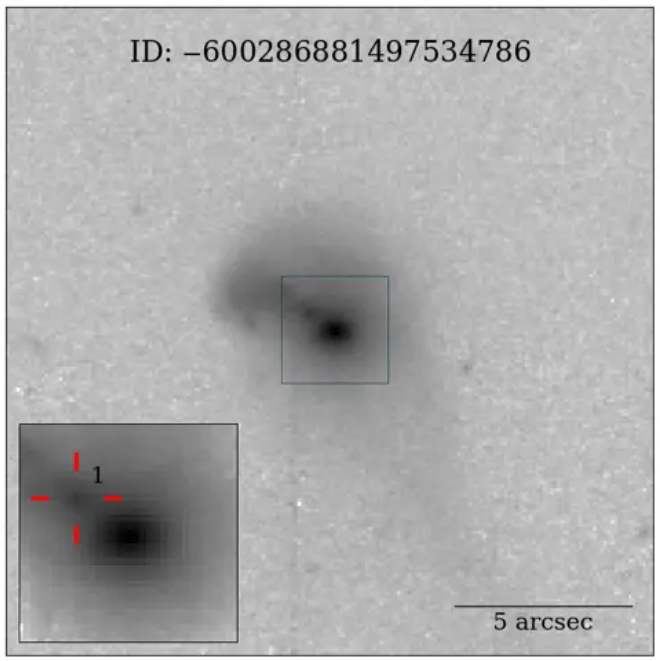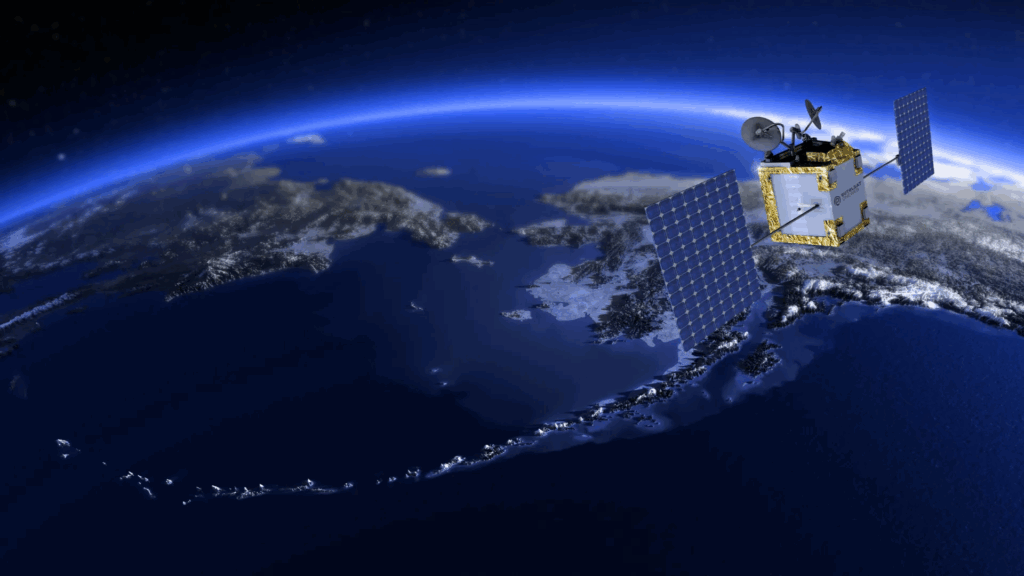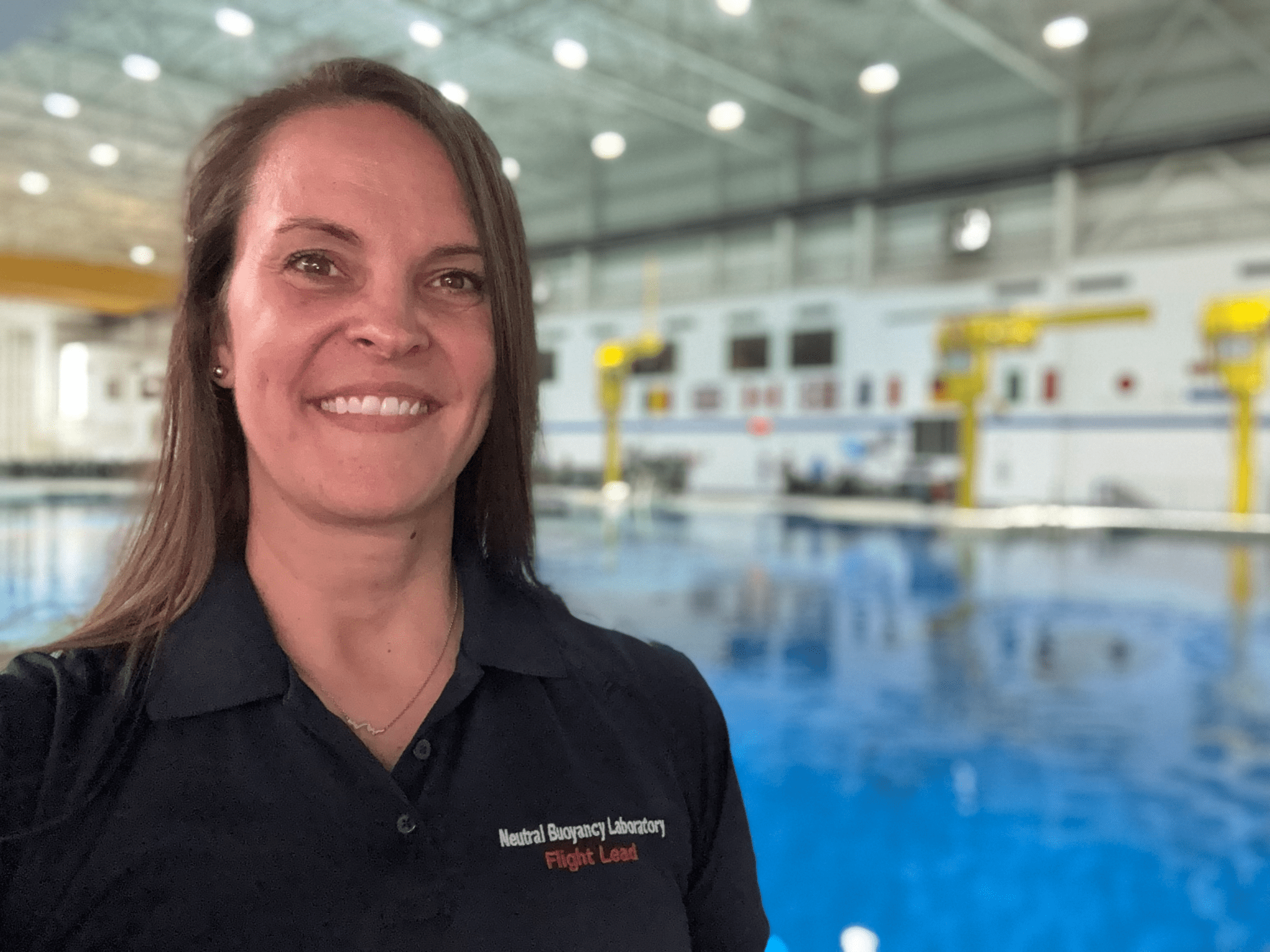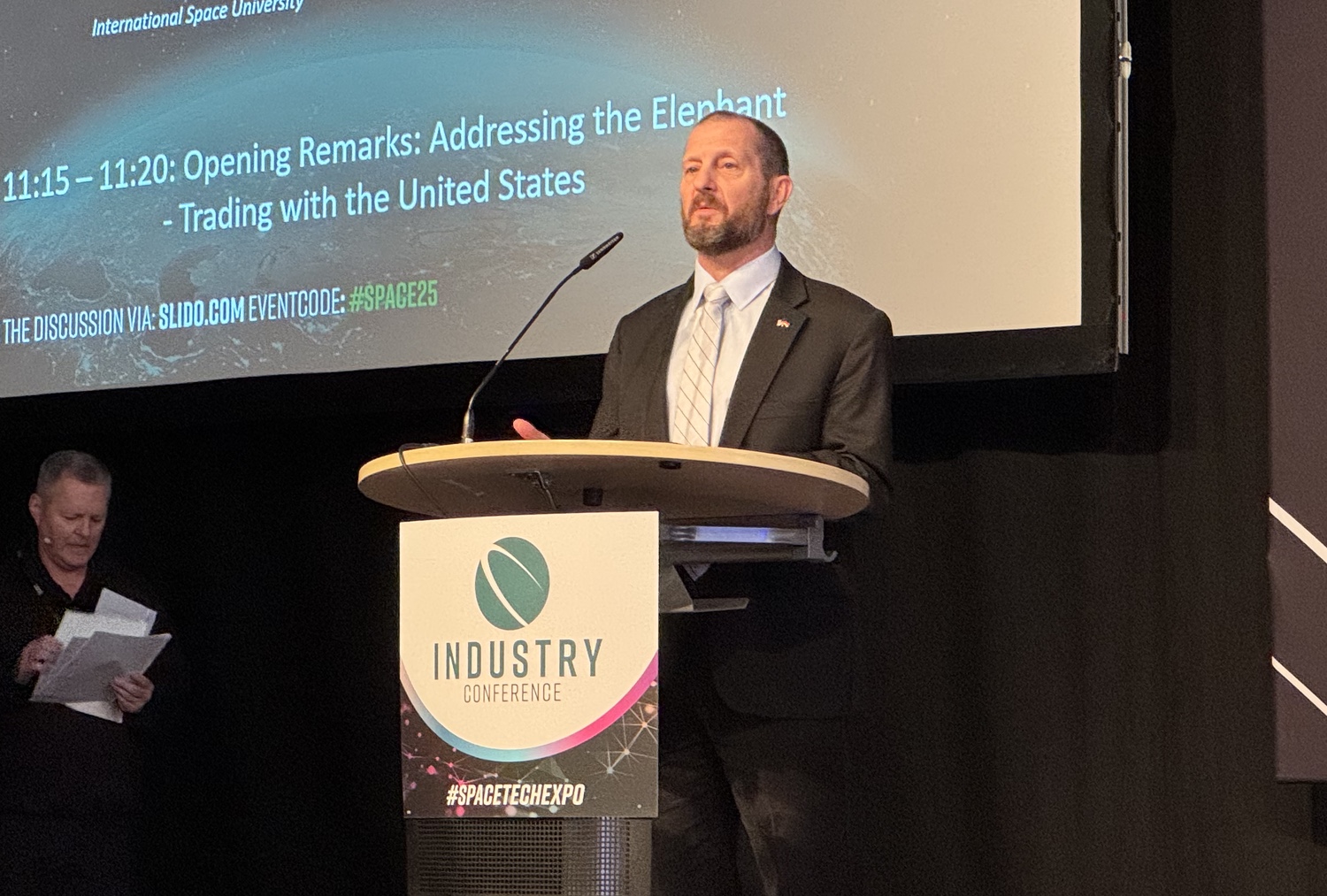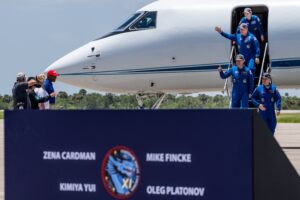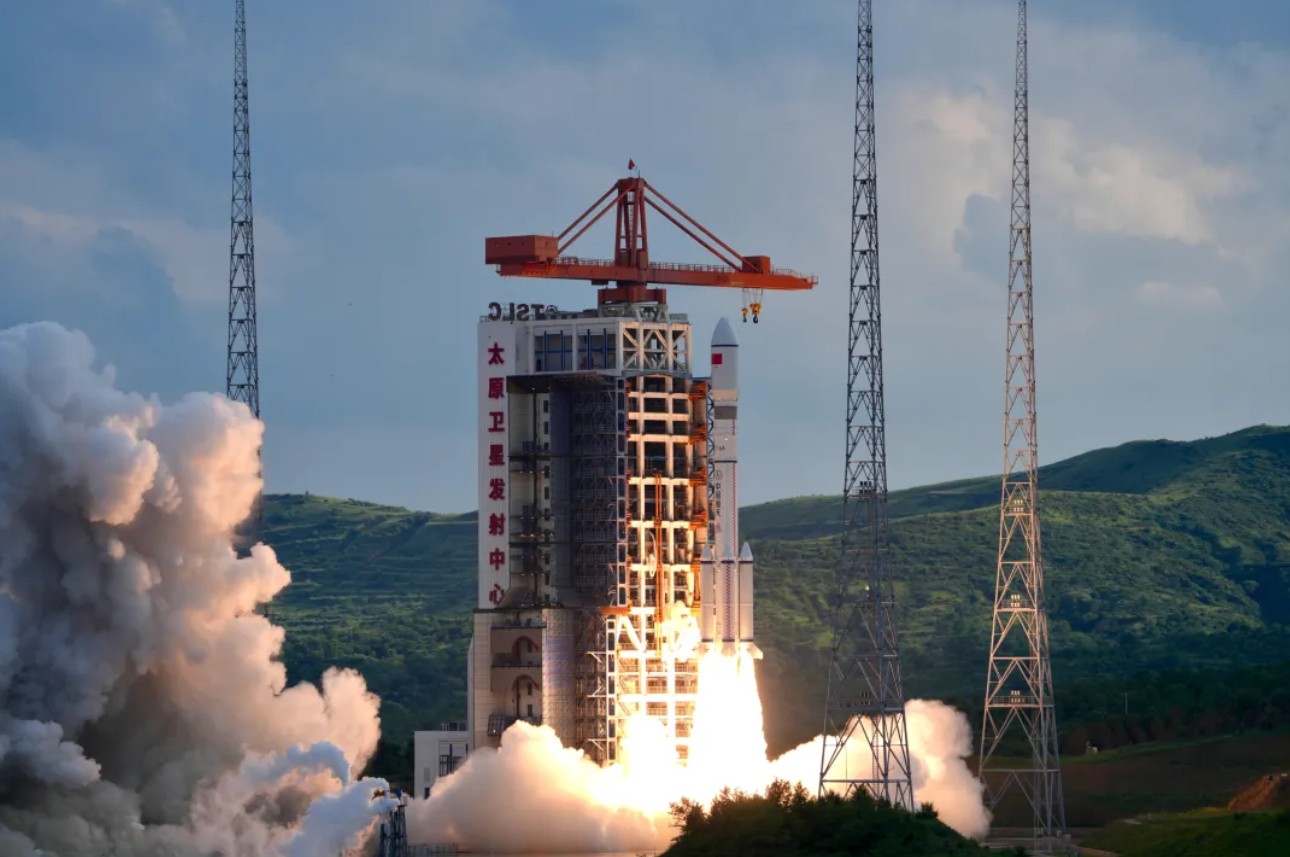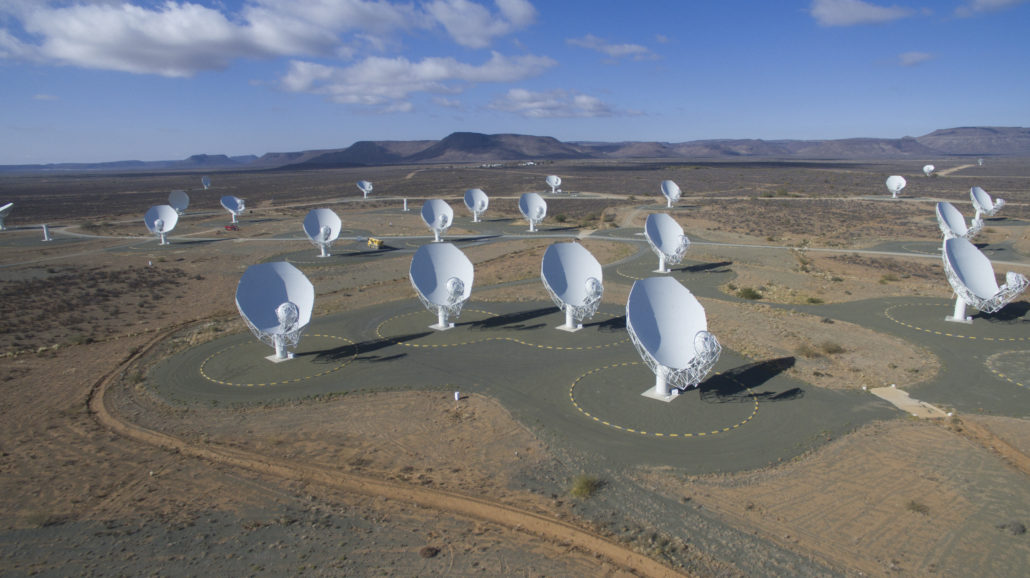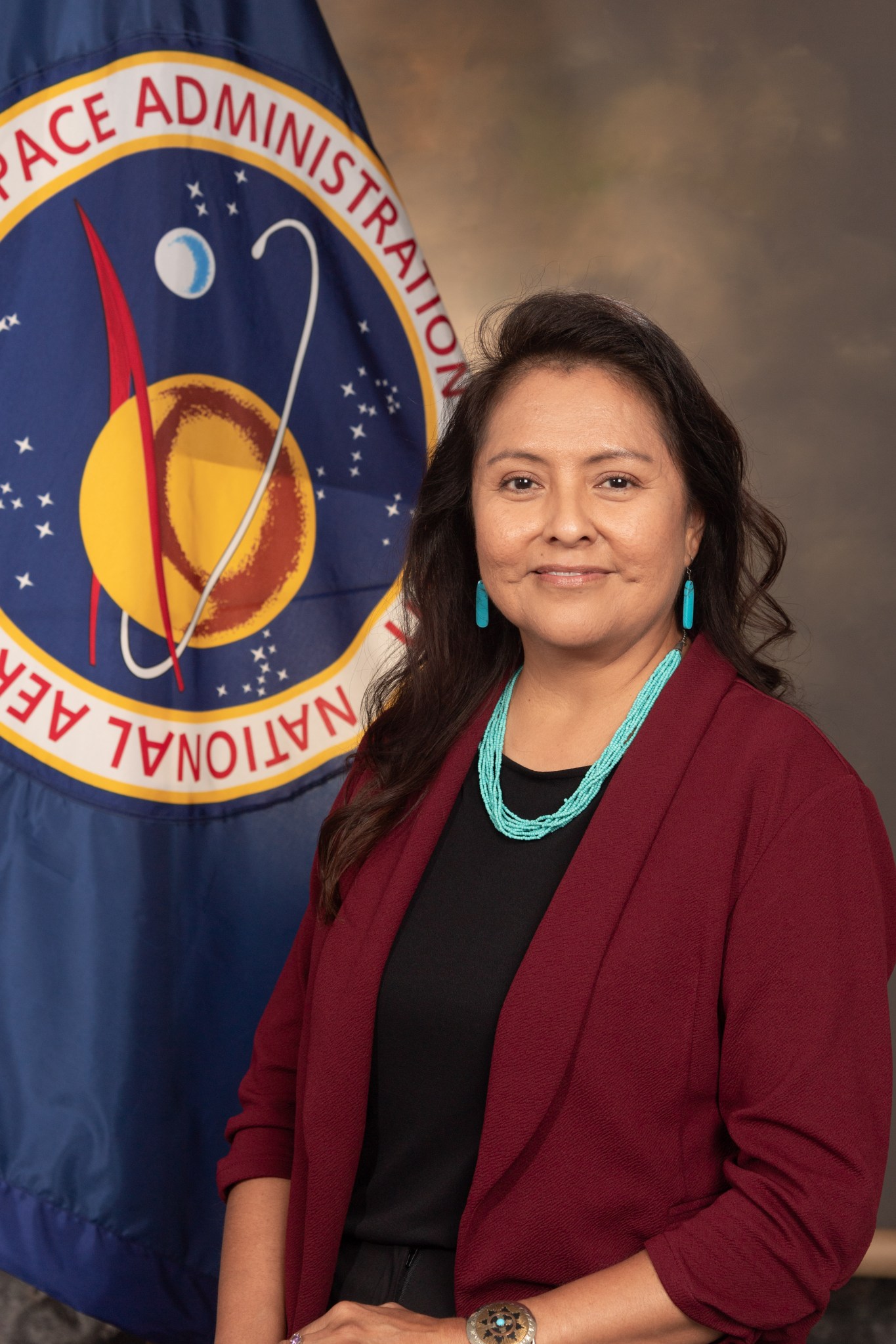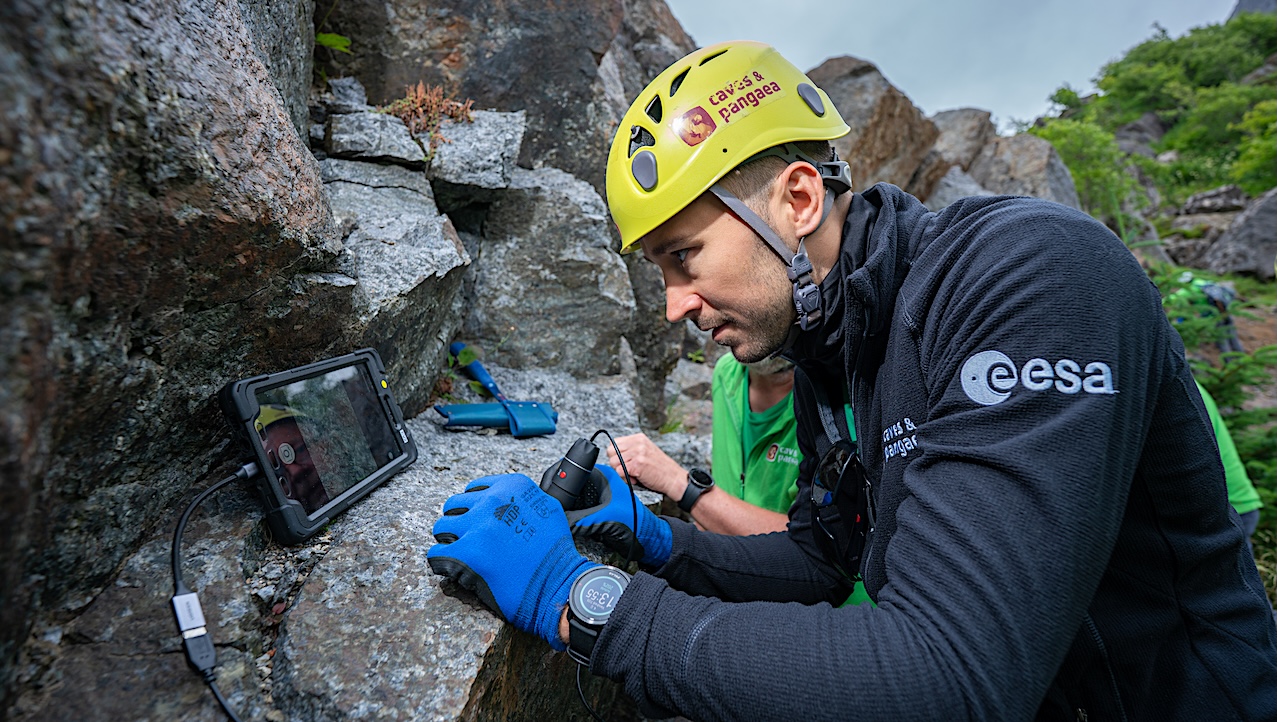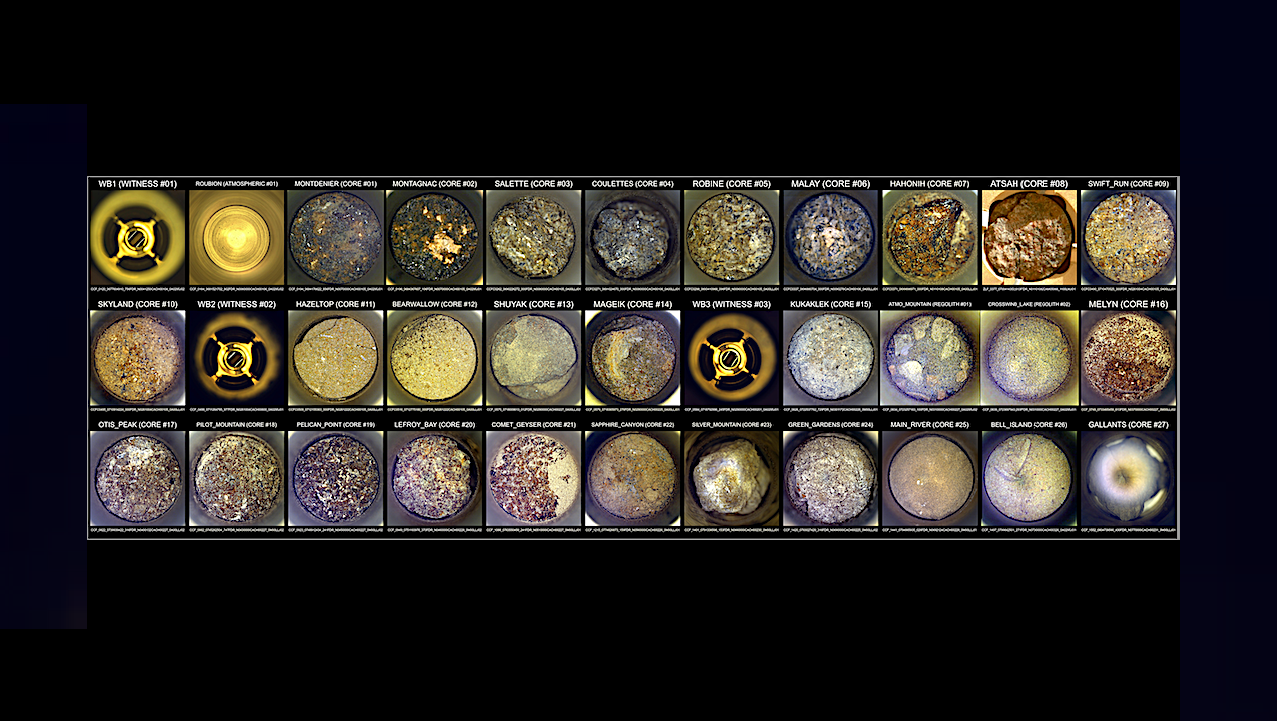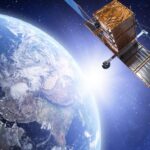In 2015, astronomer Tabetha Boyajian and colleagues announced the discovery of unusual light fluctuations coming from a star about 1,500 light-years away. It came to be known as “Tabby’s star”
This article was originally published at The Conversation. The publication contributed the article to Space.com’s Expert Voices: Op-Ed & Insights. Our two-person team loaded the car with a GPS, a
SpaceX’s Falcon 9 rocket, topped with the Crew Dragon Endeavour, is pictured at sunset on Sunday, July 27, 2025. It will launch the Crew-11 mission, which is schedule to liftoff
The stratosphere is no longer empty. High-altitude platform and suborbital spaceplane operations are booming, yet our management of “near-space” remains stuck in the last century. We cannot afford to postpone
The world is losing fresh water at an unprecedented rate, two decades’ worth of satellite data has revealed. Measurements from NASA‘s twin GRACE satellites and GRACE follow-on missions have shown
HELSINKI — China launched new Guowang satellites Sunday, expanding its LEO broadband network as part of a growing effort to build a sovereign space internet. To continue reading this article:
What do you get when you stare at the same dead star for more than 20 years? Insight into the weirdest physics in the universe. The star PSR J0922+0638 is
For Melissa John, protecting the environment is her way of contributing to space exploration while preserving the Earth we call home. As the sustainability program lead at NASA’s White Sands
Keith Cowing Explorers Club Fellow, ex-NASA Space Station Payload manager/space biologist, Away Teams, Journalist, Lapsed climber, Synaesthete, Na’Vi-Jedi-Freman-Buddhist-mix, ASL, Devon Island and Everest Base Camp veteran, (he/him) 🖖🏻 Follow on
Shown here is an annotated composite image of the interiors of the 33 tubes NASA’s Perseverance Mars rover has used to collect samples as of July 24, 2025, the 1,574th
-
 012024 in Review: Highlights from NASA in Silicon Valley
012024 in Review: Highlights from NASA in Silicon Valley -
 02Panasonic Leica Summilux DG 15mm f/1.7 ASPH review
02Panasonic Leica Summilux DG 15mm f/1.7 ASPH review -
 03How New NASA, India Earth Satellite NISAR Will See Earth
03How New NASA, India Earth Satellite NISAR Will See Earth -
 04And Thus Begins A New Year For Life On Earth
04And Thus Begins A New Year For Life On Earth -
 05Astronomy Activation Ambassadors: A New Era
05Astronomy Activation Ambassadors: A New Era -
06SpaceX launch surge helps set new global launch record in 2024
-
 07Space Force plans new ‘Futures Command’ amid pressure to speed up modernization
07Space Force plans new ‘Futures Command’ amid pressure to speed up modernization



